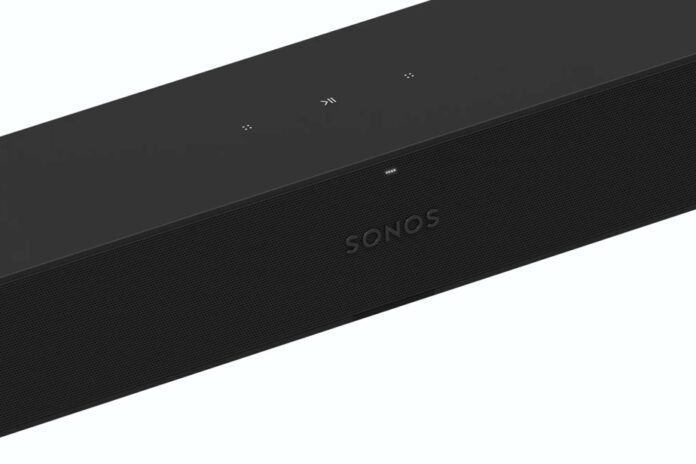Sonos’ most affordable soundbar, the Ray, does a great job of elevating listening on most TVs. But its limited connectivity has us cursing.
For $349, the Sonos Ray amps up the poor speakers of most flat-screen TVs. Tested on four $300 to $2,000 TVs, it gave us noticeably enhanced bass and crisp dialog clarity, at least for the lower-end models.
For our best TV, though, an OLEDCX, adding the Sonos Ray alone wasn’t enough to make it a worthwhile purchase. This small 22″ x 2.79″ soundbar has one thing, though: it can be paired with most Sonos products to create a remarkable immersive effect. We then have a home theater that can be adjusted at will, depending on the Sonos devices that we already have or that we want to add. The Sonos Sub subwoofer takes care of giving superb low-frequency amplitude, while the smaller Sonos speakers send the sound all over the room.
Fully integrated with the Sonos app, the Ray can stream all available music content, including dozens of compatible streaming services, local music files, and AirPlay 2. Control is with touch buttons on the top of the Ray and also, we will come back to this, with the television remote control.
Unlike its siblings, the Beam and the Arc, the Ray can only connect to the TV one way: through the optical port with a supplied cable. Since virtually every TV for two decades has had this port, the Ray has maximum compatibility for hookup.
The use of the optical cable for the connection has hints of the past. And you quickly see it in one central aspect: only remote controls with infrared commands can support controlling the Sonos Ray. These remotes are increasingly rare, with smart TV manufacturers tending to favor radio frequency (RF) or Bluetooth. As a result, none of our four TV remotes could control the Ray. We had to fall back on the old remote control of a Bose stereo system and therefore use two remote controls, one for the sound and one for the television.
Note that Sonos provides a guide to work around this problem with Samsung and LG televisions. We didn’t have a model of the first on hand, and the setup never worked with our LG.
By offering a more affordable soundbar, Sonos had to give up Dolby Atmos and the immersive sound of this technology. No Bluetooth connection with this soundbar either.
The TruePlay function, which allows you to calibrate the soundbar while walking around the room with your phone in hand, is only available for Apple devices.
The owner of a TV with infrared remote control might not be put off by its poor connectivity. We can also easily imagine the addition of the Sonos Ray in addition to other Sonos devices for a more present sound throughout the room. The quality of the sound delivered is undeniable.
But as a full-time soundbar that requires its own infrared remote, as we tested, the Sonos Ray isn’t very convincing.
Manufacturer: Sonos
Price: $349.99
Rating: 6 out of 10















